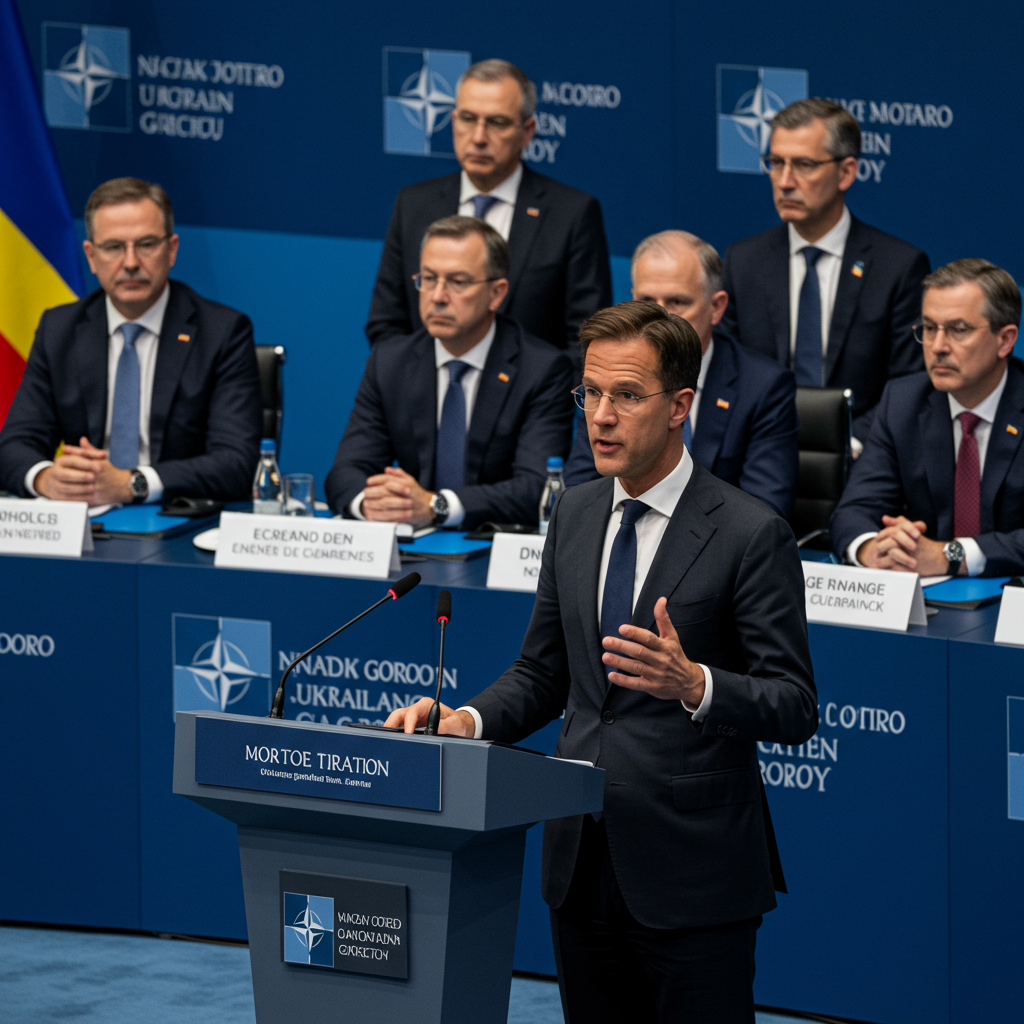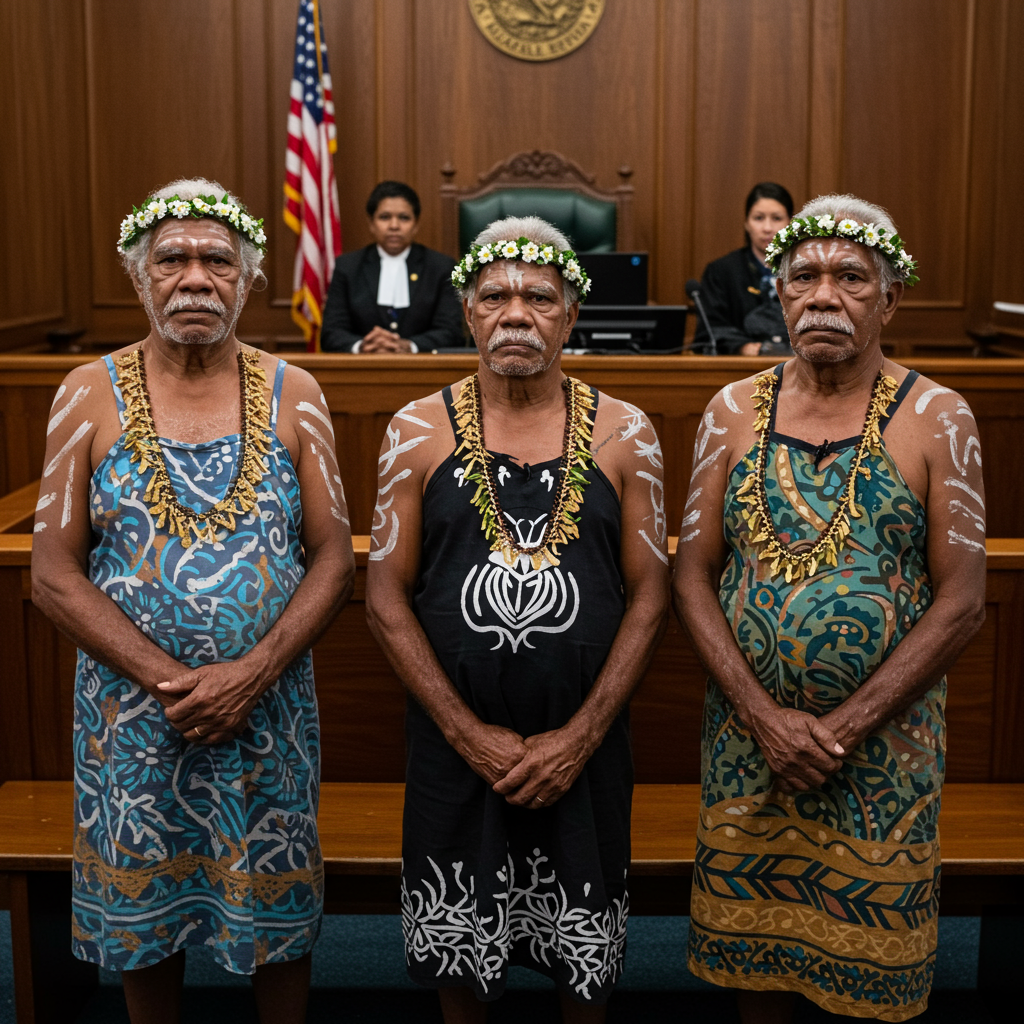BRUSSELS – NATO allies, including the United States, remain “totally committed” to ensuring Ukraine can continue its defense against Russia’s invasion, NATO Secretary General Mark Rutte stated following a recent alliance summit in The Hague.
Speaking after the gathering of NATO leaders, Rutte emphasized the unified position across the alliance. Despite some questions surrounding the durability of U.S. support, particularly in light of comments from U.S. President Donald Trump regarding a more conciliatory approach to ending the war, Rutte asserted that the entire NATO membership stands firm.
“The whole of NATO, including the United States, is totally committed to keep Ukraine in the fight,” Rutte said, stressing the goal is also to ensure any potential future peace agreement or ceasefire is “lasting” and “durable.”
Evolving Support Dynamics
While the commitment remains absolute, the dynamics of military aid are evolving. Rutte indicated a clear direction: European allies will increasingly take responsibility for providing direct military assistance to Kyiv. This shift aligns with calls from the United States for European nations to step up their contributions to their own security and support for Ukraine.
However, this does not signal a withdrawal of U.S. involvement. Rutte highlighted that the United States will remain “very much involved” through critical support mechanisms. This includes vital intelligence sharing and practical military assistance, potentially encompassing sophisticated air defense systems like Patriot missiles, which Ukraine has repeatedly requested and President Trump has indicated the U.S. is considering providing more of. Rutte predicted there would still be a “huge, big American involvement.”
Increased European Defense Spending
The increased responsibility for European allies is underpinned by significant new defense spending commitments across the continent. NATO members recently agreed to work towards spending a total of 5% of their combined GDP on defense by 2035 – a substantial increase that Rutte noted helps equalize the burden shared with the United States.
This push for higher spending, long advocated by the U.S., is seen as crucial for allowing the U.S. to strategically pivot more resources towards Asia while ensuring no critical “capability gaps” emerge in Europe that Russia could exploit. Rutte confirmed extensive discussions with Washington on this planned, well-organized transition. The increased investment is driven both by the need to balance contributions with the U.S. and the necessity for Europe to defend itself against perceived long-term threats from Russia, China, and North Korea.
Alliance Unity and Russia Assessment
Rutte dismissed any notion that NATO members are naive regarding Russia. He stated that all alliance members share “more or less the same assessment” of Moscow. Evidence of this shared concern is visible in the actions of Eastern European allies like Finland, Estonia, Latvia, Lithuania, and Poland, who are fortifying their borders with Russia – a move Rutte views as concrete testimony to the fact that Russia is a long-term threat.
U.S. Role and Diplomatic Efforts
President Trump’s engagement with Ukraine also took center stage at the summit. Meeting with Ukrainian President Volodymyr Zelenskyy, Trump discussed potential future military aid, including the possibility of making more Patriots available and exploring options for financial support. The leaders reportedly discussed potential joint production of drones. Trump also described Russian President Vladimir Putin as the “more difficult” partner in ending the conflict and urged him to bring the war to a close.
Ukrainian President Zelenskyy, in separate remarks, stressed the vital importance of strong ties and unity between Europe and the United States for Ukraine’s victory. He also continued Ukraine’s push for accountability for Russian actions, signing an accord to establish a special tribunal aimed at trying senior Russian officials for the crime of aggression.
Despite questions about U.S. commitment under different administrations, Rutte firmly stated his belief that President Trump is “totally committed to NATO” and Article 5, the alliance’s collective defense clause. He suggested Trump’s past critical language was primarily an “irritant” intended to push allies to raise their defense spending from levels Rutte himself acknowledged were “too low.”
In summary, NATO, including the U.S., is unwavering in its commitment to supporting Ukraine’s fight for survival and a durable peace. This support is entering a new phase where European nations will shoulder a greater share of military aid, enabled by historic increases in defense spending, while the U.S. maintains critical involvement in intelligence and specialized military support. The alliance remains united in its assessment of the security challenges posed by Russia and is adapting its structure and contributions to ensure long-term security in Europe.




